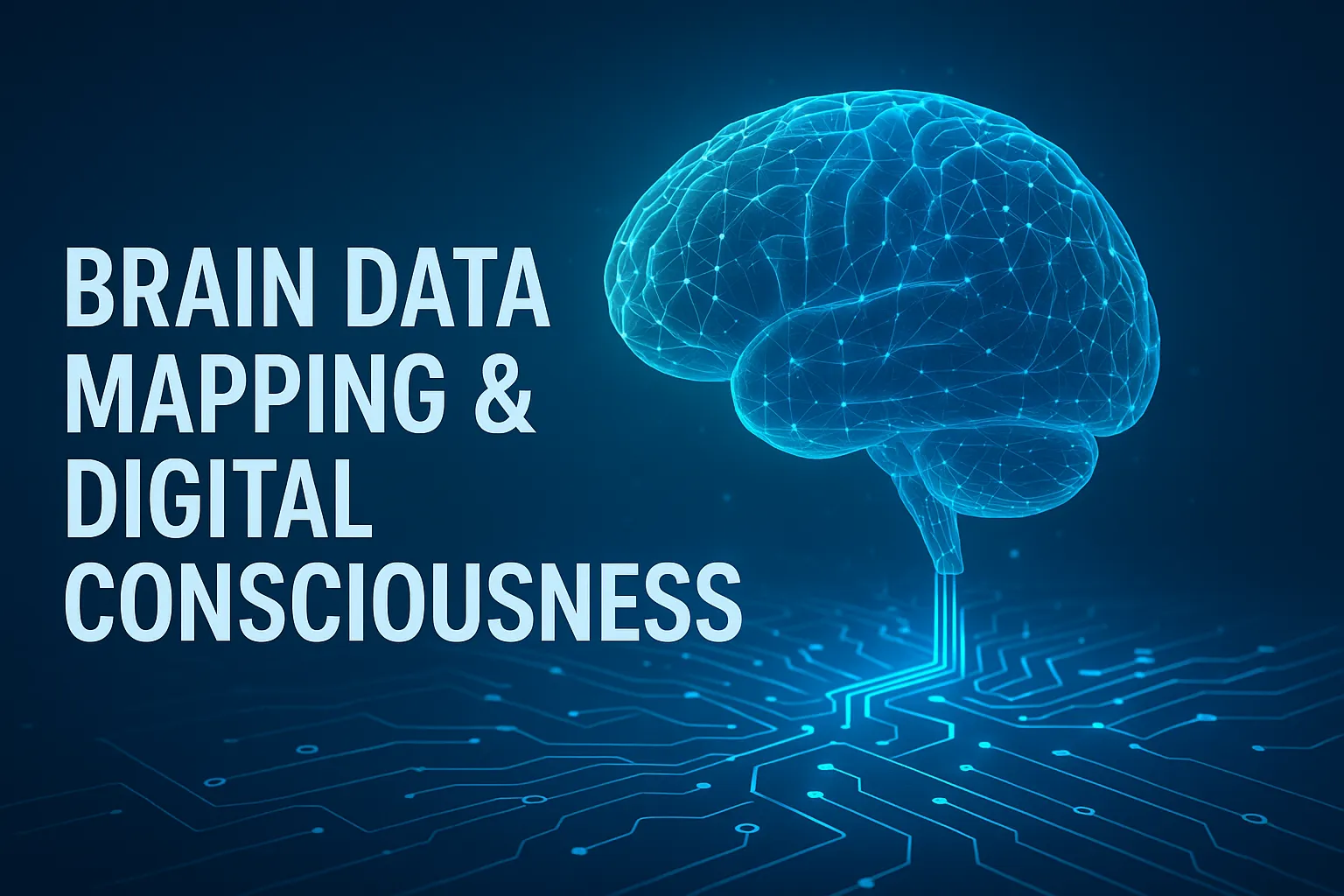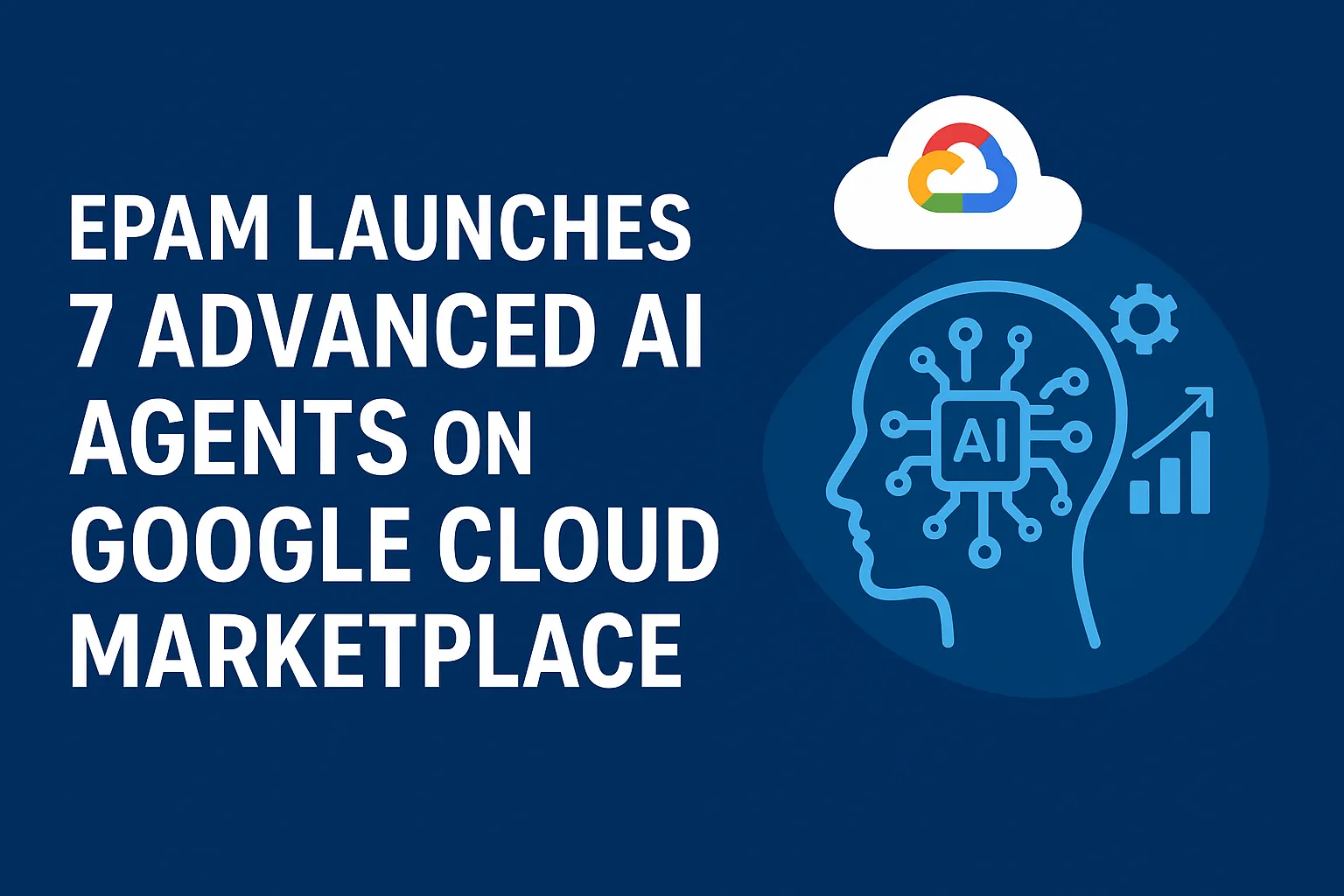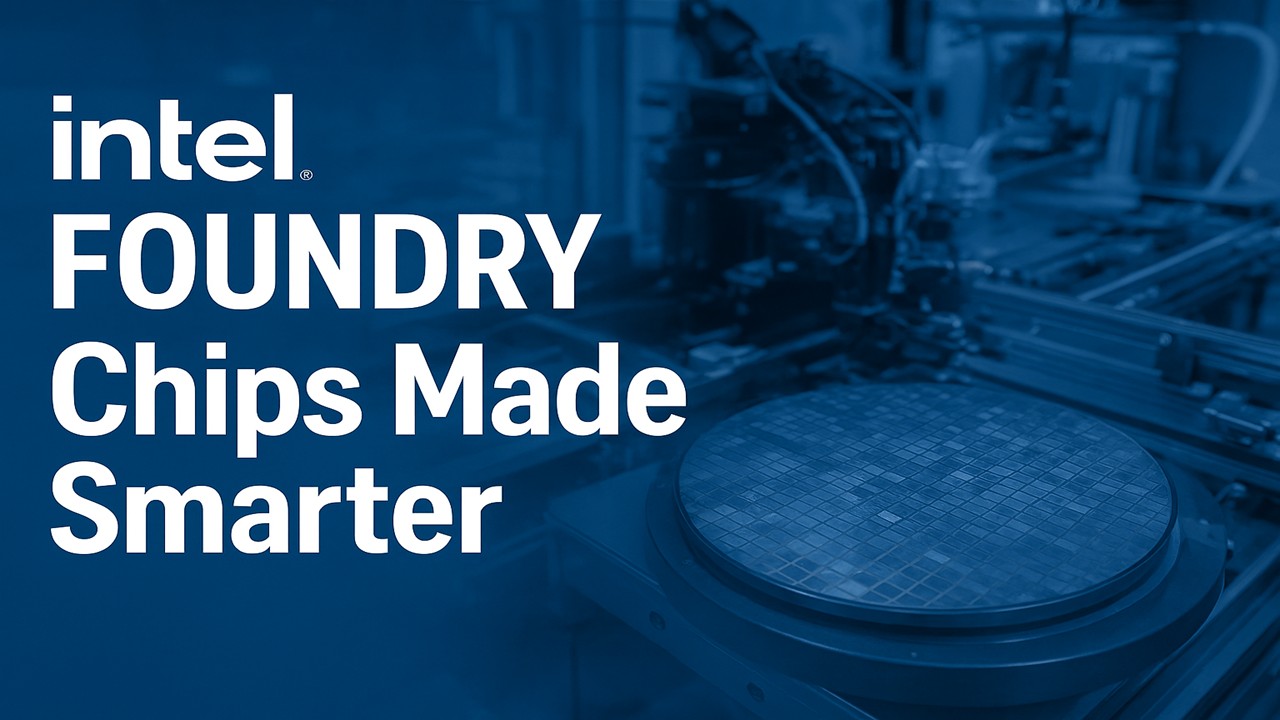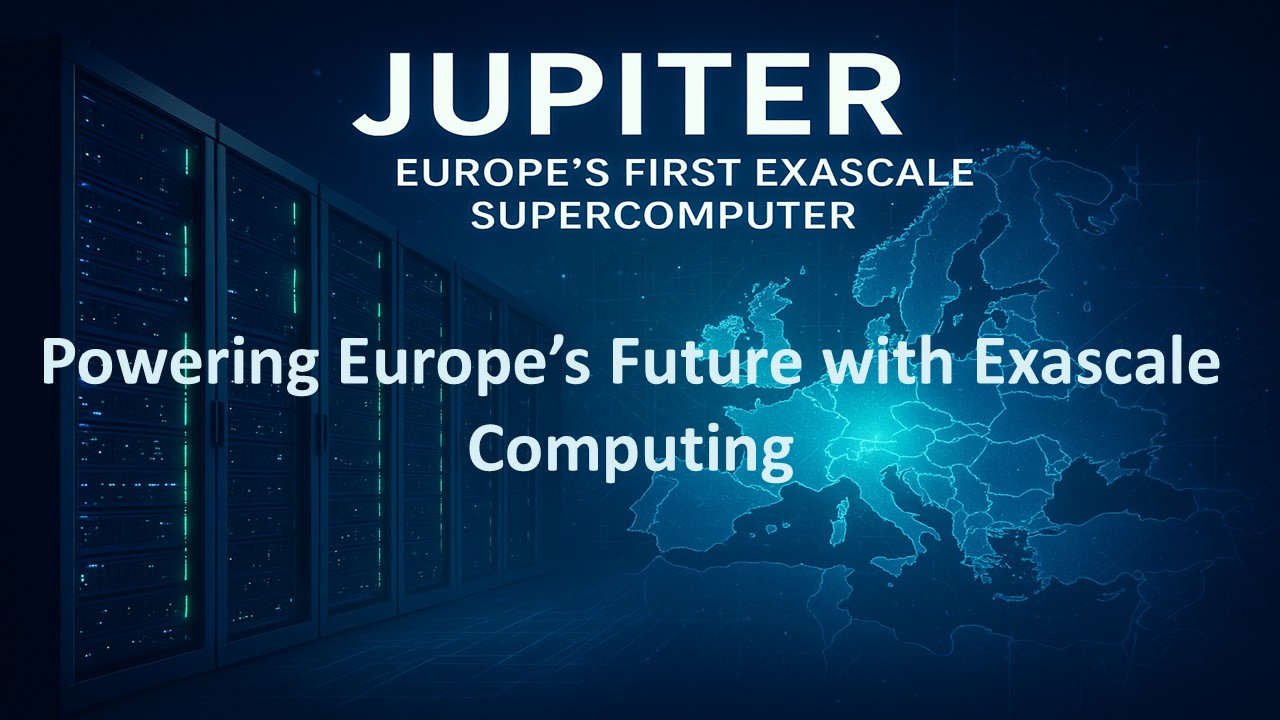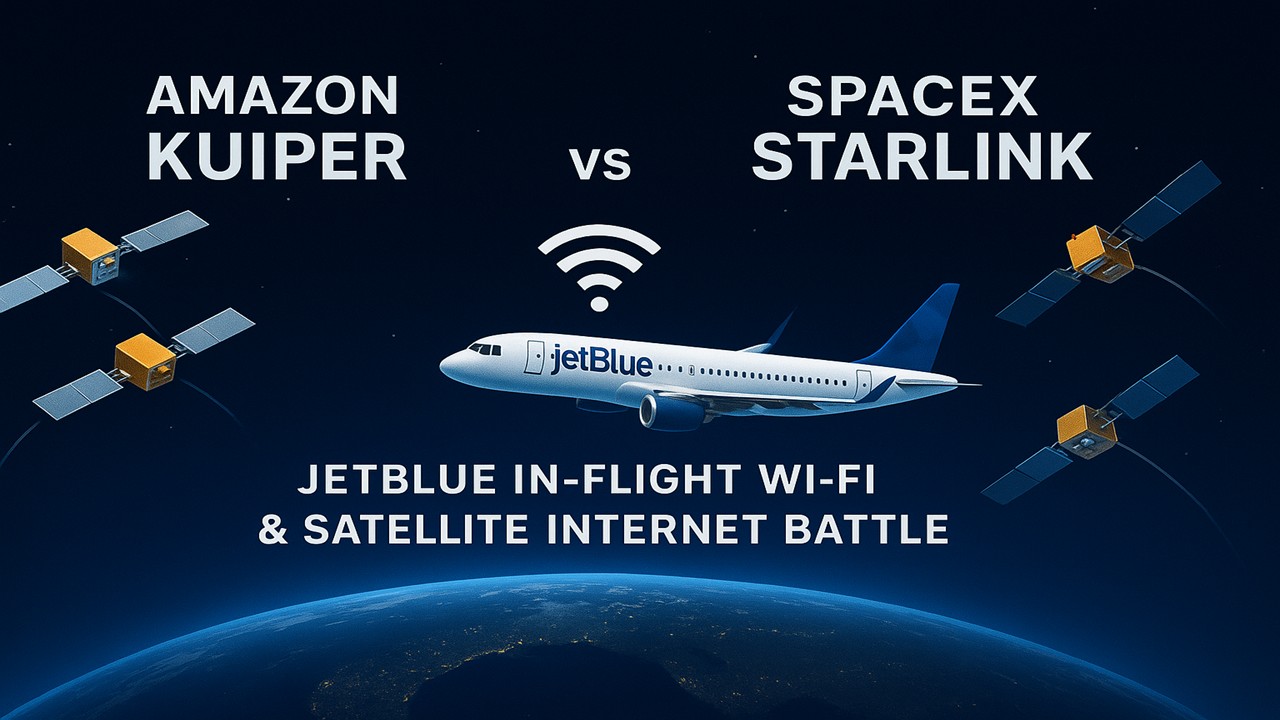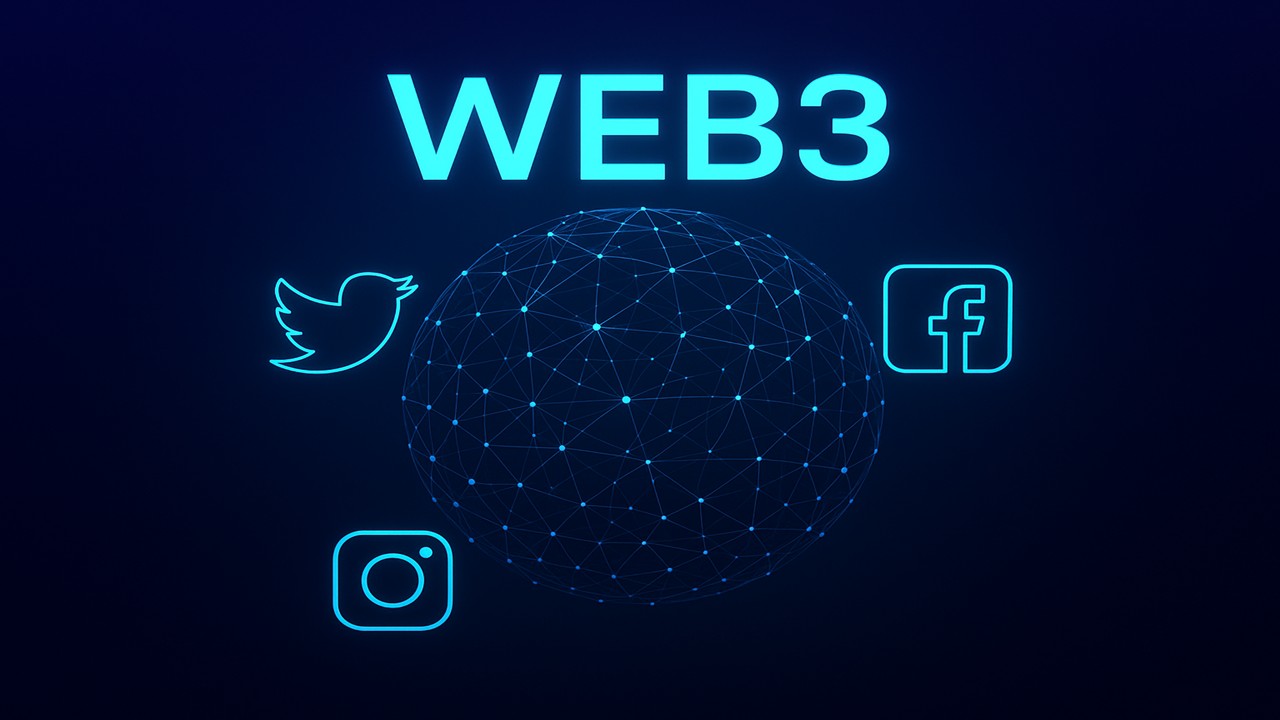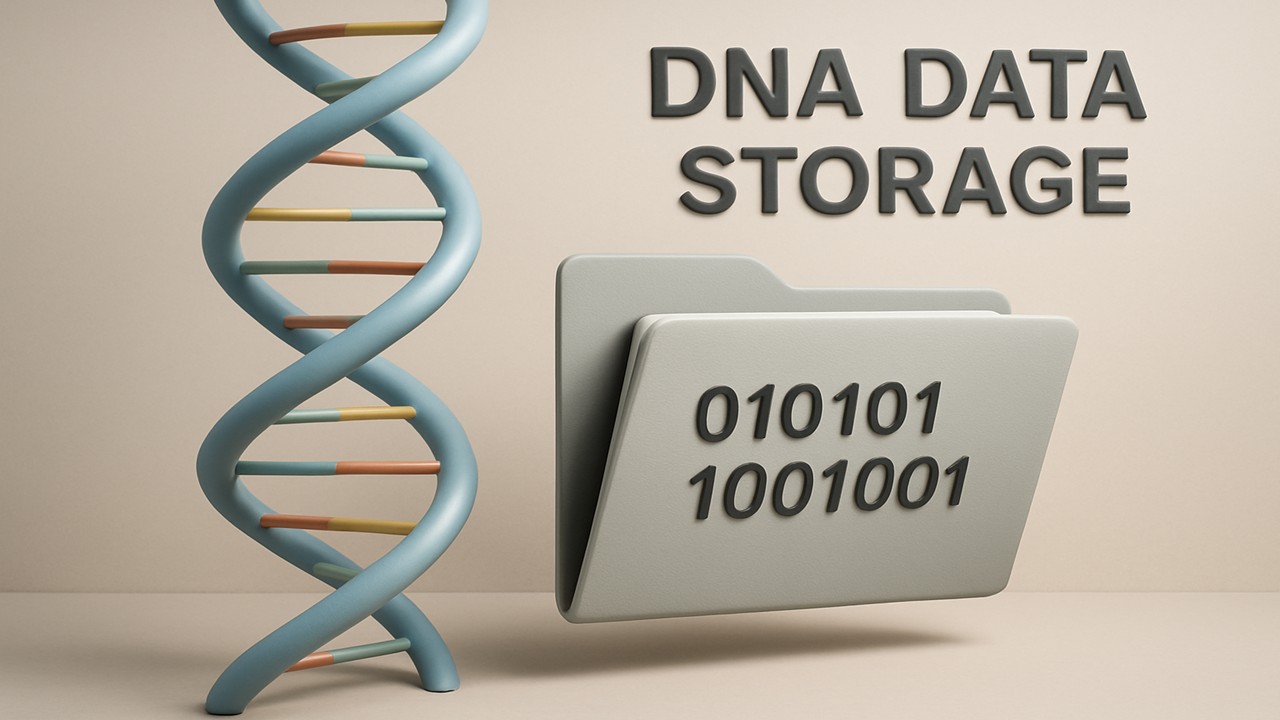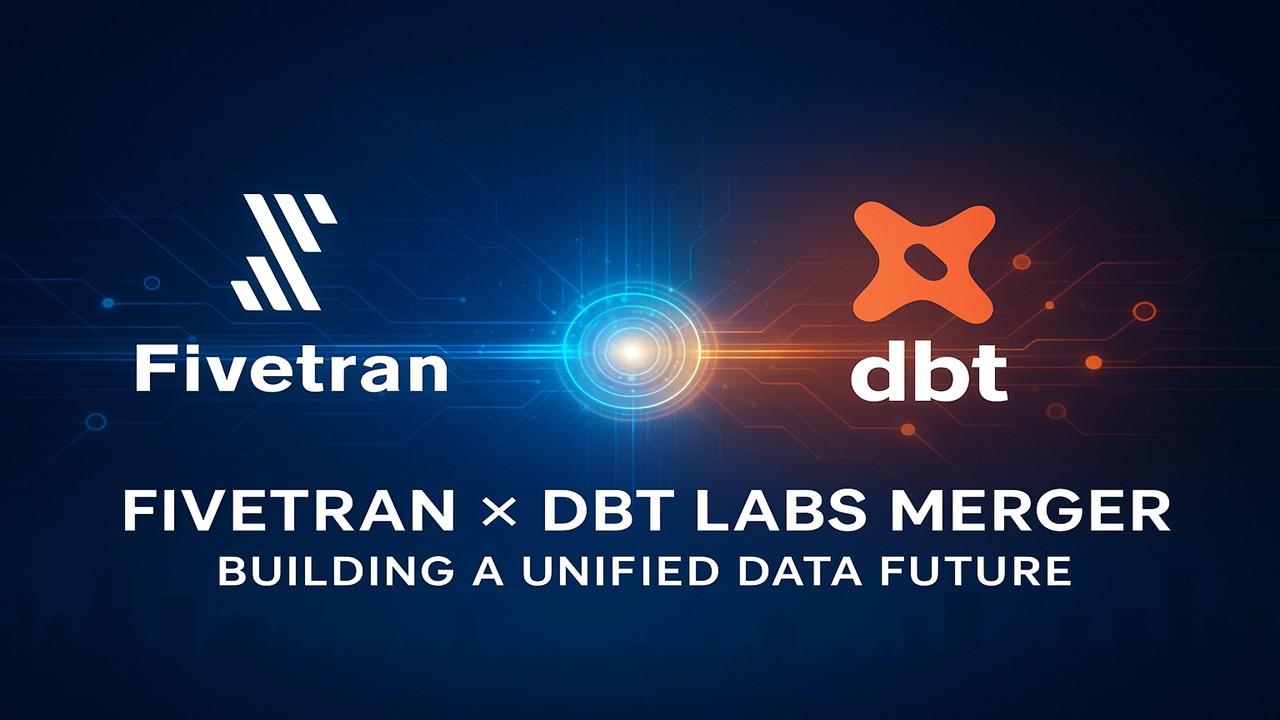
On October 13, 2025, Fivetran and dbt Labs announced an all-stock merger to form a unified data infrastructure company with an estimated $600 million in combined annual revenue.
Fivetran CEO George Fraser will lead the merged entity as CEO, while dbt Labs founder Tristan Handy will take the role of Co-founder and President.
The companies stated that dbt Core, their open-source framework, will continue to exist independently, and the combined board will have representatives from both sides.
Background — What the Two Companies Do
- Fivetran is a leading provider of automated data integration (ETL/ELT) services. It extracts data from multiple sources — SaaS apps, APIs, and databases — and loads it into centralized data warehouses or lakes.
- dbt Labs, on the other hand, focuses on data transformation. Its flagship tool dbt (Data Build Tool) helps companies clean, model, and prepare raw data for analytics. It offers both an open-source and a commercial version.
In simple terms, Fivetran brings the data in, and dbt cleans and structures it. Their merger creates a single ecosystem capable of managing the entire data lifecycle — from extraction to transformation — making it easier for enterprises to build AI-ready pipelines.
Deal Structure and Key Terms
- The transaction is an all-stock merger, with share exchange ratios based on revenue and growth metrics.
- Both firms stated that the market will determine the final combined valuation, estimated to be in the multi-billion-dollar range given each firm’s last known valuation — Fivetran ($5.6B, 2021) and dbt Labs ($4.2B, 2022).
- The merged board will have members from both companies, maintaining a “merger of equals” structure.
- The companies expect the deal to close within 12 months, subject to regulatory and shareholder approvals.
Product Vision — What Will Change
The merger aims to create an open, end-to-end data infrastructure spanning the entire analytics workflow — from data movement to transformation, metadata, and activation. The companies emphasized their commitment to open standards like SQL and Apache Iceberg, ensuring interoperability with other platforms.
In essence:
Customers will now get a single integrated workflow — data extraction, cleaning, and preparation for analytics and AI — under one unified platform, without being locked into a specific compute or BI system.
Impact on Customers and the Market
Reports suggest that 80–90% of Fivetran’s customers already use dbt tools, meaning there is a strong overlap between the two user bases. This merger is expected to simplify integration, improve efficiency, and accelerate enterprise adoption of AI and analytics workflows.
However, customers will closely watch how the pricing, support, and vendor lock-in policies evolve after integration. Some may welcome an end-to-end solution, while others might prefer a modular approach.
Risks and Community Concerns
a) Open-source independence:
Some in the dbt community are concerned that corporate consolidation could affect the open-source freedom of dbt Core. There’s discussion in online forums about potential forks or community-driven alternatives if governance becomes too centralized.
b) Regulatory risk:
Regulators may review the merger under antitrust laws, especially as it consolidates power in the data-infrastructure segment. The companies’ “merger of equals” framing is likely aimed at easing such scrutiny.
c) Cultural and operational challenges:
Merging two companies with different product philosophies, customer models, and engineering cultures can be complex. Execution risk remains high, as seen in many large SaaS integrations.
Market Reaction (Initial Response)
The announcement generated strong attention in the tech and data-engineering communities.
Analysts view it as a positive move toward scale and efficiency, aligning with the broader consolidation trend in the modern data stack.
However, open-source advocates remain cautious about long-term governance and pricing structures.
The real financial reaction will emerge when the combined company’s valuation and revenue run-rate become public post-merger.
Quote Placeholders (to be replaced with actual statements)
- “We are creating a unified platform to empower companies with seamless data movement and transformation for the AI era.” — George Fraser, CEO, Fivetran
- “Our shared vision is to make data transformation open, scalable, and accessible to everyone.” — Tristan Handy, Co-founder, dbt Labs
- “With this integration, we can deploy analytics workflows faster and more efficiently.” — Head of Data, Enterprise Customer
Expert Commentary (Analysis Perspectives)
- Data Analyst: “This merger accelerates AI adoption by simplifying integration and reducing overhead, but enterprises must watch for pricing and vendor lock-in.”
- Open-Source Researcher: “Maintaining dbt Core’s independence will be critical to preserving community trust and innovation.”
- Venture Capitalist: “If executed well, this could set the stage for a future IPO of the combined entity.”
Significance for India and APAC
For Indian companies — especially in fintech, e-commerce, and analytics sectors — this merger is likely to simplify access to enterprise-grade, AI-ready data infrastructure.
However, data localization and compliance rules will remain key considerations. The combined company’s ability to offer localized support in the Asia-Pacific region could determine its long-term market share here.
Outcome
The Fivetran–dbt Labs merger marks one of the most significant consolidations in the modern data stack landscape. Together, they can offer an end-to-end, open data platform that serves the growing demand for AI and analytics.
Yet, success will depend on a few critical factors:
- Preserving open-source integrity and community trust.
- Smoothly merging company cultures and teams.
- Ensuring fair pricing and interoperability to retain enterprise customers.
- Navigating potential regulatory scrutiny efficiently.
If these challenges are managed well, this merger could redefine how companies worldwide — including those in India — build and manage their data ecosystems. Otherwise, it risks becoming another case study in the pitfalls of consolidation.
Source: dbt Labs Press



